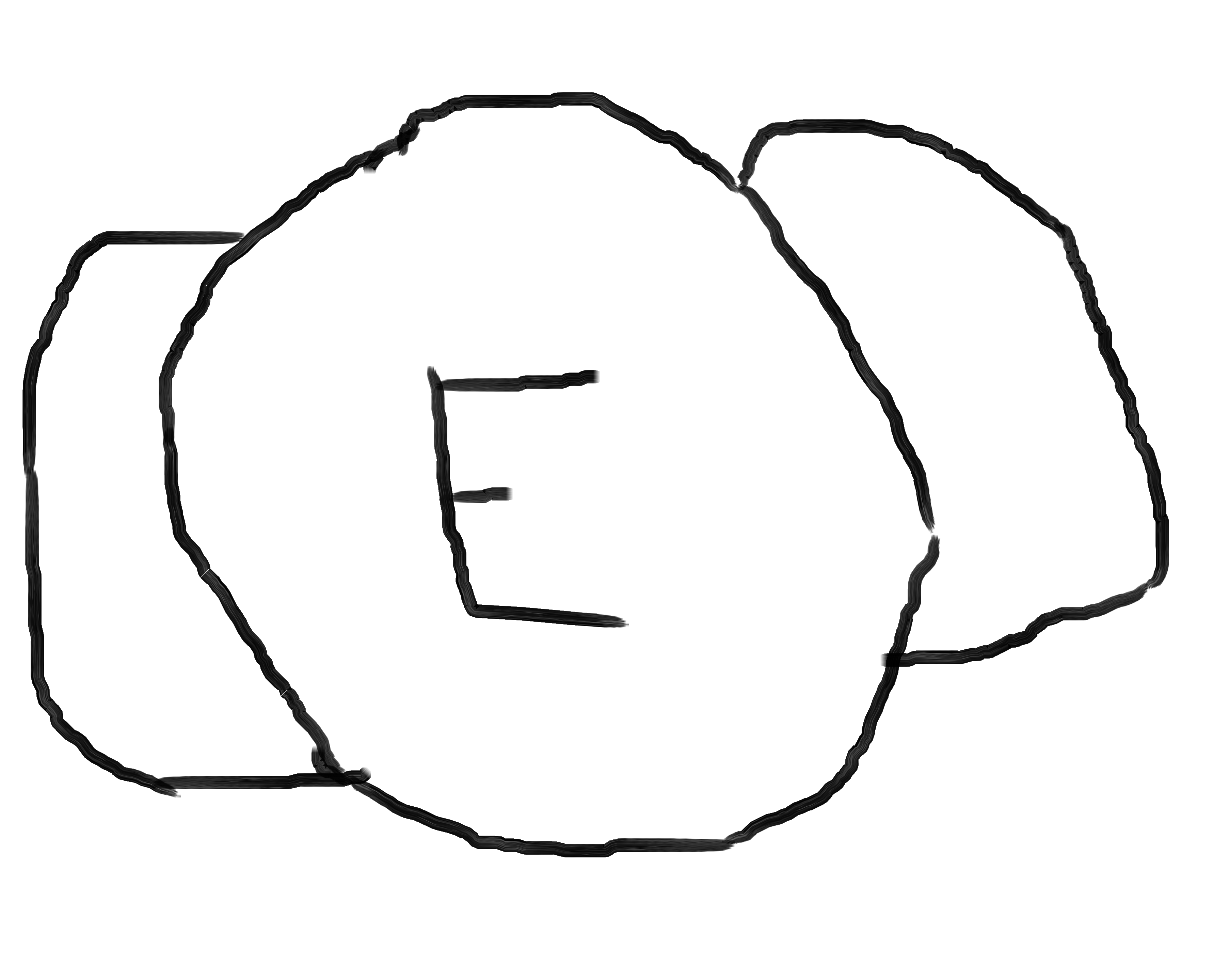This article says that NASA uses 15 digits after the decimal point, which I’m counting as 16 in total, since that’s how we count significant digits in scientific notation. If you round pi to 3, that’s one significant digit, and if you round it to 1, that’s zero digits.
I know that 22/7 is an extremely good approximation for pi, since it’s written with 3 digits, but is accurate to almost 4 digits. Another good one is √10, which is accurate to a little over 2 digits.
I’ve heard that ‘field engineers’ used to use these approximations to save time when doing math by hand. But what field, exactly? Can anyone give examples of fields that use fewer than 16 digits? In the spirit of something like xkcd: Purity, could you rank different sciences by how many digits of pi they require?
I’m a waitress, and pie is $12.50.
Damn that’s pricey
I’m Australian. I normally manage a pie with 5 digits, unless it’s particularly crumbly or runny, in which case I will sometimes use 10!
I find this comment absolutely hilarious.
I recognize your profile pic from a comment months back that was also a short, deadpan reinterpretation of the question that I found hilarious. I can’t for the life of me remember what it was of course.
Thanks for making me laugh!
I’ll be here all year :P
3628800?? thats a lot!
I bet all the Americans reading this are now imagining you eating some gooey dessert like key lime pie or pumpkin pie with your hands.
If it’s anything like the little island off it’s east coast it will be steak and black pepper of a chicken korma pie
Steak and black pepper pie, now that’s what I’m talking about!
Peppersteak and Tomato ftw.
Chilli beef and cheese from a servo or gtfo.
I often find chilli beef on the dry side, I guess that it would mean that that pie may need only 5 digits and not the full 10 of a juicy steak pie
With cheese inside its a sloppy mess and often requires the full 10. Though tbh I haven’t lived in Australia for 10 years or eaten meat in 20, so I wouldn’t listen to anything I have to say about pies.
Fraser Island? Or Tasmania?
The ones slightly larger that tasmania…
Sacrilege!
Firstly 1, 500 km away is not coastal (if it was then the UK is an island off the coast of Iceland).
Secondly if anyone is off anyone else’s coast it’s the west island which is off our coast, not the other way round.
true enough
You’re right about the pies but.
I haven’t typed the digits of pi for probably 20 years because it’s defined as a double precision float in all the programming libraries I use.
As a mathematician, I don’t use any digits, but the symbol π.
As a computer scientist, same, but it’s called
PI.It’s the computer that does the thing with the digits, not me. 🙃
In which case you’re probably using a predefined 64-bit floating point number, which I think is accurate to 15 digits.
Well, you know what’s funny, after writing the comment above, I double-checked what the π constant is called in Rust, as that’s what I’m mostly coding with these days.
And well, it actually makes you choose. There’s
f32::consts::PIandf64::consts::PI. Which I guess, makes sense. If you’re calculating with 32-bit floats, you should be aware that π is going to be less precise.
So, yeah, I’m a hoax, computer scientists do need to decide between 32-bit and 64-bit.In fact, the one time I needed π in Rust, was as a 32-bit float. I built a tiny gravity simulation in a game engine and game engines generally use 32-bit floats…
I’d like to agree, but writing π with capital letters is heresy.
Yeah, math conventions and programming conventions don’t always align. As in, basically never…
deleted by creator
That is 0.025 Millimeter in normal units
You can say 25 micrometers
Design metal parts. I’m a welder so a number between 2-4 is close enough.
Ya know, this thread has inspired me. I’m a sound engineer, and find myself yelling “check one two three four” in the michrophone to test it all the time. I’m gonna start reciting the digits of Pi instead, and then as I learn them, I’ll progressively advance how many numbers of Pi that I use in my everyday job :D
I work at a library, though. I should probably just go with poetry or Douglas Adams or something, but this makes me sound much more impressive
You are already reciting some of the digits of pi. Just not the first ones.
I am a farmer who has to graft pipe cuts at various angles. i use 3.14159. which is plenty since i am measuring my cuts to the nearest eighth of an inch and i am not sending this ish to the moon.
I’m a liar and I use all the digits of pi.
When I worked on a website with a map on it I used 15
50000kms is the kind of distances you get going around the earth so to get it down to a millimeter precision from 50k I think 8 or 10 digits required?
So I just put 15
I work in healthcare and I’ve yet to use even a single digit of pi
I’m a consultant and I use whatever Android calculator gives me

Engineering student. I typically use whatever number of digits the calculator gives me in calculator computations, but that’s unnecessary. IMO for a design, an engineer should use at least as many digits of pi as needed to not lose any significance due to truncating pi specifically. Practically, this means: keep as many significant digits as your best measurement. In my experience, measurements have usually been good for 3 significant digits.
For back-of-the-envelope or order-of-magnitude calculations where I only need to get in the ballpark of correctness, I’ll use 3 (i.e., one significant digit). For example, if I order a pizza with a diameter of 12 inches, A ≈ 36 * 3 in^2 = 108 in^2 is a fine ballpark approximation that I can do in my head to the real area A = 36π in^2 ≈ 113.097… in^2 that my calculator gives me.
I like your idea of using 3 as an approximation to get ballpark figures - if you wanted to add a smidge of extra accuracy to that you can just remember that in doing so, you’re taking away roughly 5% of pi.
0.14159265 / 3 ≈ 0.04719755
Add in around 5% at the end and your approximation’s accuracy tends to gain an order of magnitude. For your pizza example:
108 in^2 x 1.05 = 113.4 in^2 which is accurate to three significant figures and fairly easy to calculate in your head if you can divide by twenty.
You could even fudge it a little and go “108 is pretty close to 100. 5% of 100 is obviously 5, so the answer is probably around 108+5=113”
I work in trails, like what you might walk on, and in the rare case I need pi, I use 3.14. This week, we have a meeting to talk about some things on 14 March. I will be using cornbread because I do not know how to make a pie but I will eat the pie others make. I look forward to this meeting.
The State of Indiana tried to define it to 1 digit by law.
https://en.wikipedia.org/wiki/Indiana_pi_bill?wprov=sfla1
Thankfully, the bill was never passed.
That is very stupid
In Biostatistics - only ever use pi in the variance of the logistic density. Using 3.14 gives substantially equivalent results to using arbitrarily large precision. But I use whatever my calculator or R give me.













